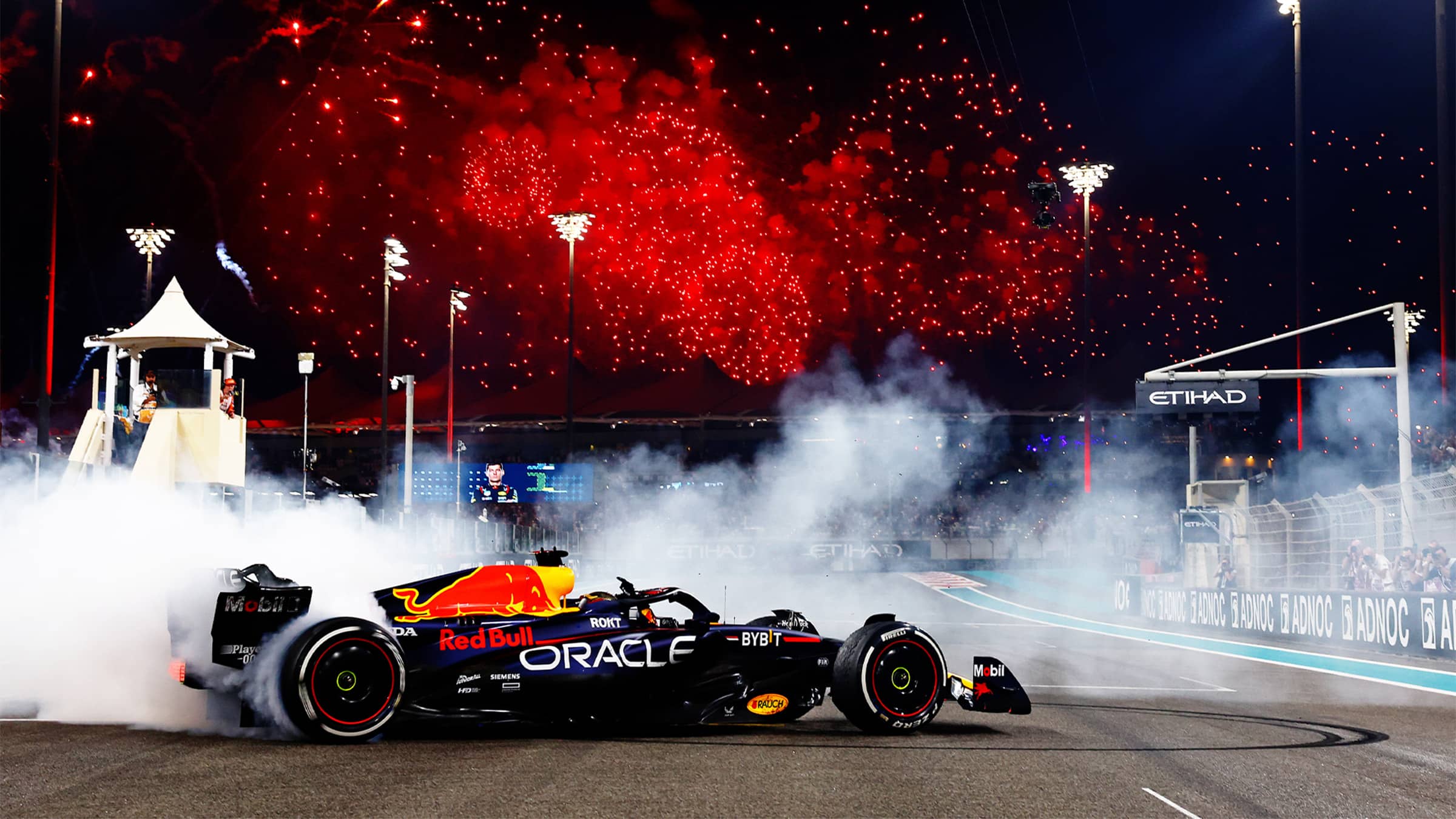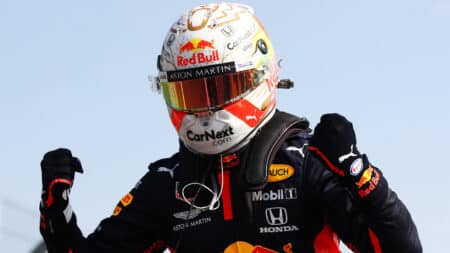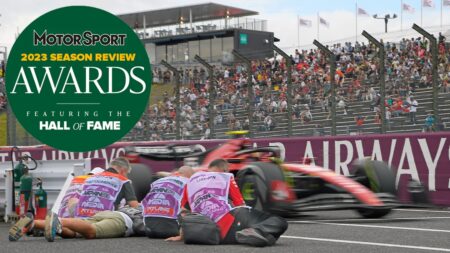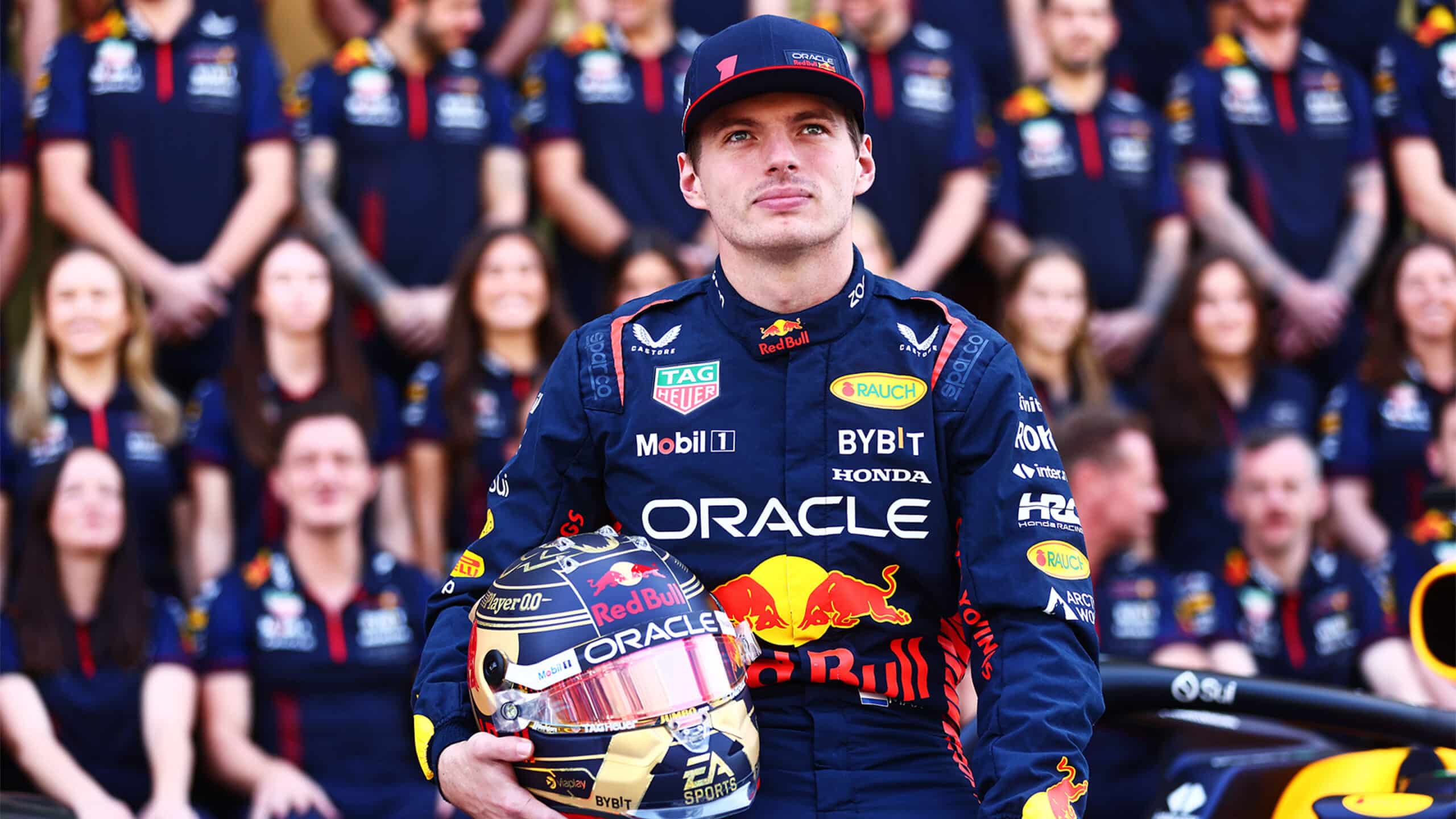“We’ve had so much going on behind the scenes, particularly in Red Bull Powertrains. And they’ve been achieving some milestones throughout this year. And let’s not forget 2026 is not that far away, and the size of the challenge that we have ahead of us is massive. So of course that consumes an awful lot of time when I’m back in the factory.
“The Ford partnership is working brilliantly. And we had Bill Ford with us last weekend [in Las Vegas], Jim Farley is a massive supporter of the project, and he was in the factory checking on progress earlier in the week. And it’s great to see that commitment and that enthusiasm. To have a brand and an OEM like Ford involved is another string to our bow.”
Horner’s mind is already on 2026 and the challenges that will provide, and rightly so seeing as Mercedes hit the ground running so strongly when the last significant power unit changes were introduced in 2014.
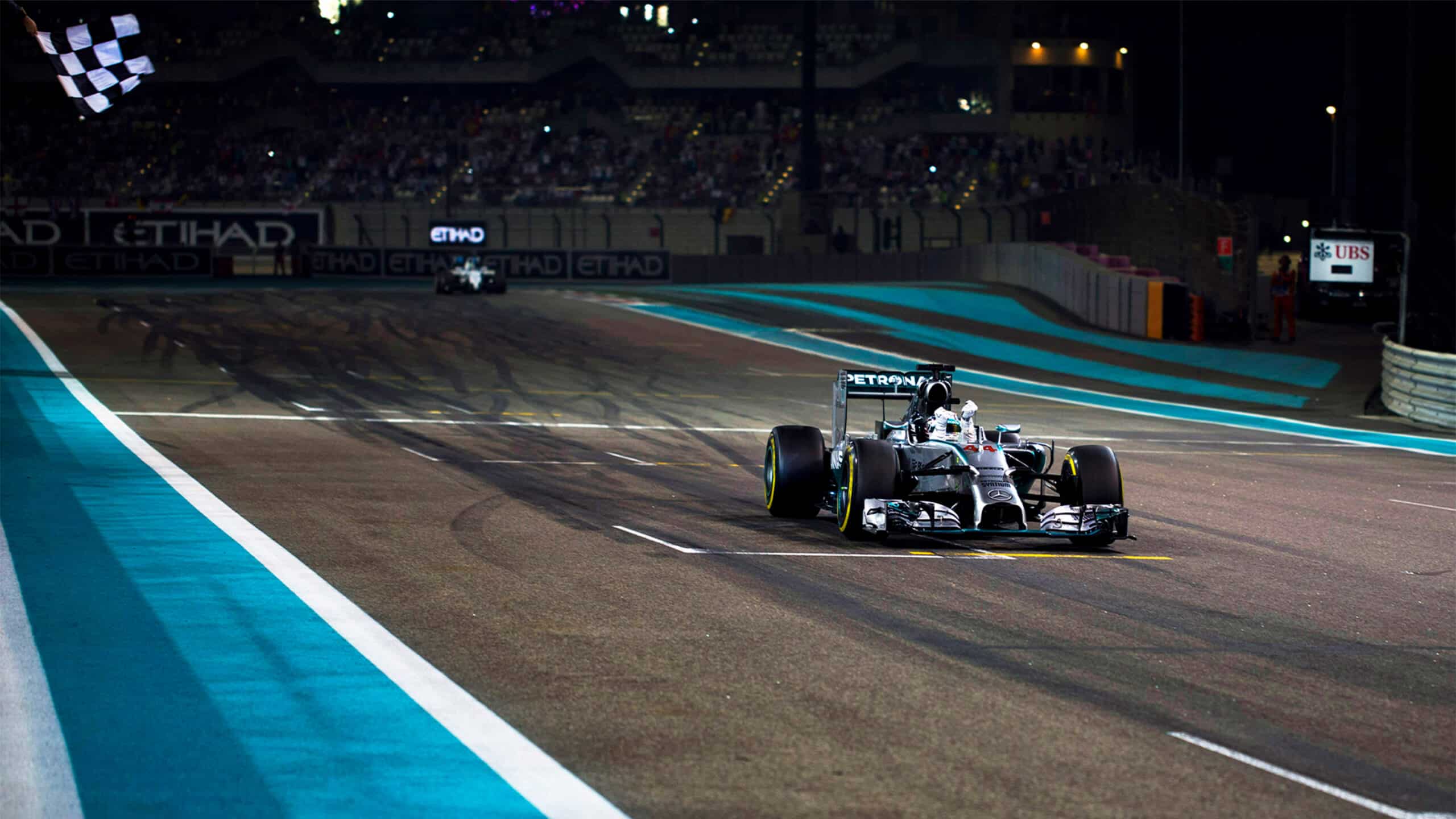
16 wins in 19 rounds of racing in 2014 marked a commanding season for Mercedes. In hindsight, no one actually knew what real dominance looked like…
Getty Images
But it’s not to the detriment of the shorter-term, with Red Bull able to take full advantage of its dominance this year to focus on the 2024 car at an early stage. It’s something that Horner believes was particularly important given the cost cap penalty it received a year ago that reduced how much time it could spend in the wind tunnel this year.
“Thankfully, we had a good base to start because if we’d have been consumed with the very limited amount of wind tunnel we had in terms of developing RB19, it would really compromise us very badly on to RB20. But because we had a great starting block with ’19 enabled us to apply the limited amount of resource that we had available to RB20 reasonably early for us, while spinning both plates. That’s why development has been very frugal on this car really since the middle of the year.”
“Next year’s car is an evolution. Obviously you start to get into diminishing returns. But you know, the team have done an outstanding job this year. It’s the most successful car ever in F1’s history. And they can all be very, very proud of that.”
But the dominance was largely down to one of the two drivers. Sure, Sergio Perez finishing second in the drivers’ championship confirmed the team’s first ever one-two in the standings, but with only two wins of his own — and perhaps more surprisingly just four second-place finishes — he ended up 290 points adrift of Verstappen with under half the Dutchman’s total.
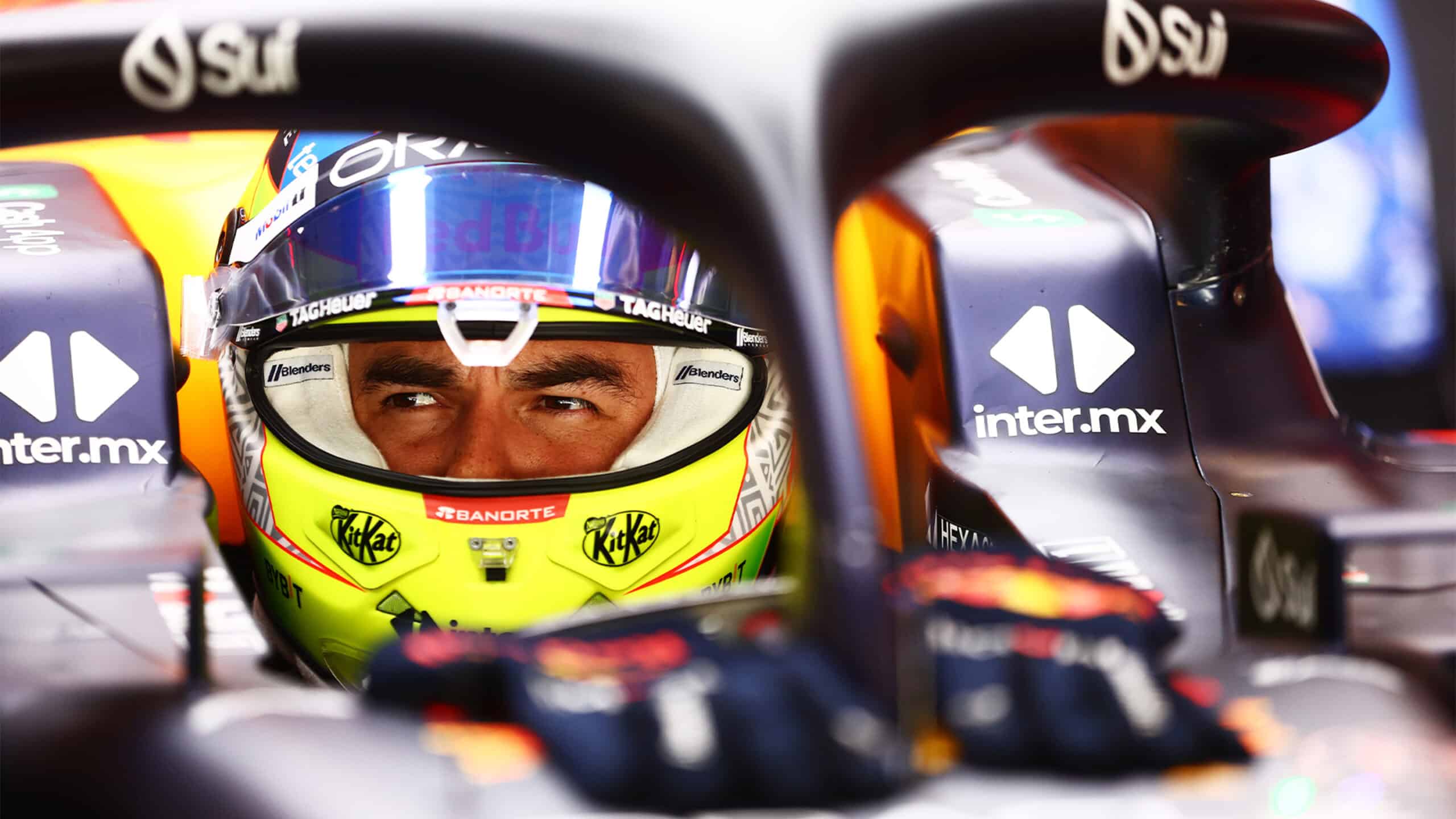
Sergio Perez only managed two race wins in 2023 — his team-mate scored 19
Red Bull
Although Horner acknowledges Perez has “the hardest job in the pit lane”, unsurprisingly it’s Verstappen who continues to draw the plaudits from his team boss after a year in which he won 19 of the 22 races and set more records than you can count on both hands.

